12 Old Ports That Tell the Story of Global Trade and Exploration
Old ports around the world hold stories of adventure, commerce, and connection. Their docks once welcomed sailors, merchants, and explorers who helped shape international exchange. Each harbor still carries traces of the cultures and goods that passed through. Walking along these waterfronts feels like stepping back in time to a world of sails and spice routes. Keep reading to explore ports that helped build the foundation of global trade.
This post may contain affiliate links, which helps keep this content free. Please read our disclosure for more info.
Port of Alexandria, Egypt
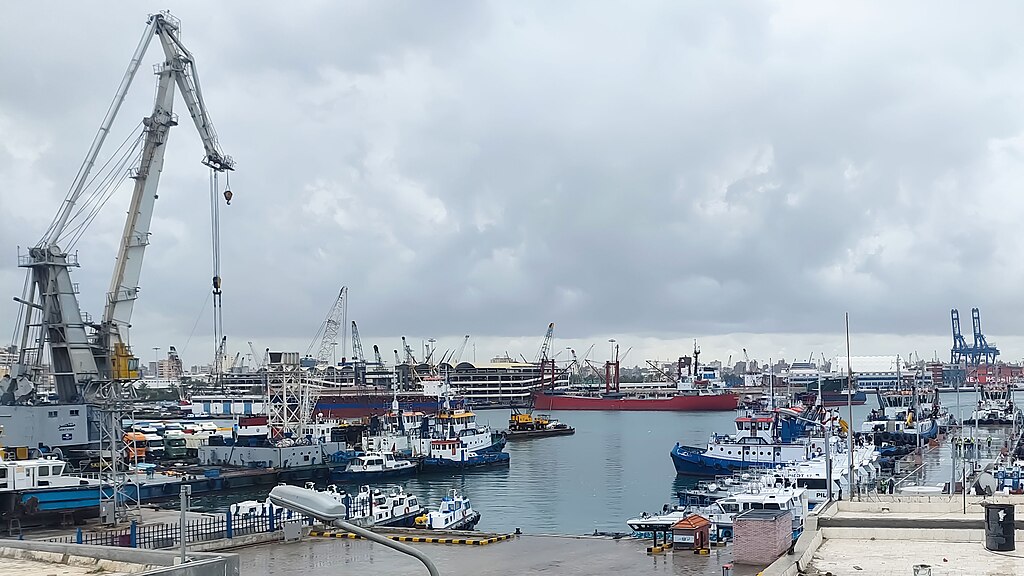
Founded by Alexander the Great in 331 BC, the Port of Alexandria became one of the most important trade centers in the ancient world. It connected the Mediterranean to the Red Sea and beyond, serving as Egypt’s main link to Europe and Asia. Ships once carried grains, papyrus, and luxury goods across its waters. The nearby Pharos Lighthouse, one of the Seven Wonders, guided sailors safely to shore.
Today, the port remains active while preserving layers of its rich past. Ancient ruins, such as the submerged remains of royal quarters, still lie beneath the harbor. Museums in the city display artifacts from centuries of trade and conquest. Alexandria continues to symbolize the meeting point of civilizations and commerce.
Port of Venice, Italy
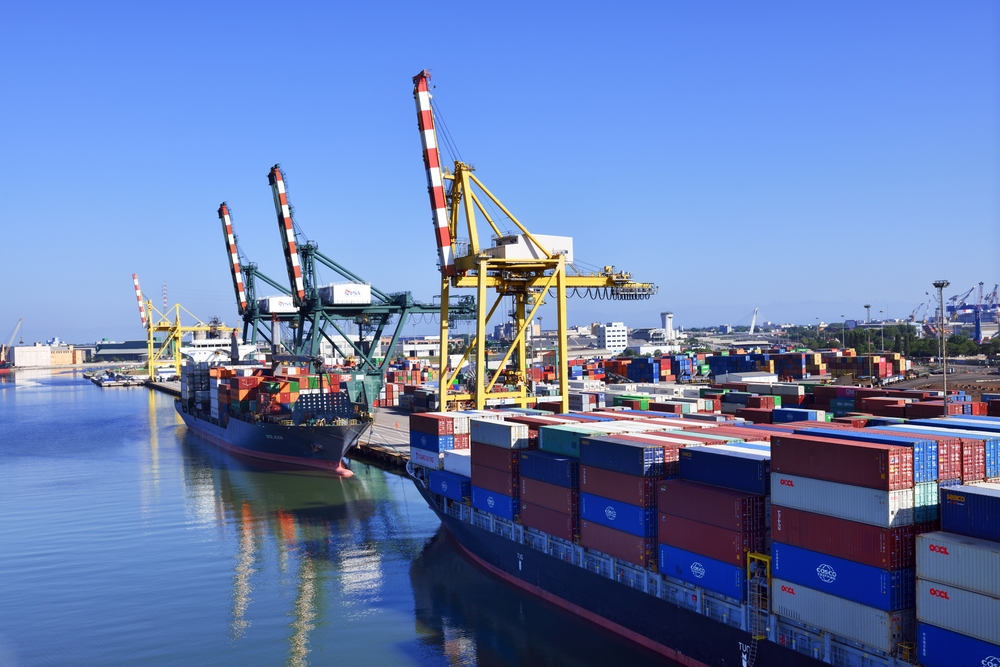
Venice flourished as a maritime powerhouse during the Middle Ages and Renaissance. Its location on the Adriatic Sea allowed it to control vital routes between Europe and the East. Venetian merchants traded silk, spices, and glass, helping the city grow into a global hub. The wealth from sea trade funded stunning architecture that still draws visitors today.
Gondolas now glide through the same canals that once carried merchant ships. The port’s influence shaped international maritime law and trade systems. Historic buildings like the Doge’s Palace and the Rialto Market reflect its thriving past. Venice remains a living reminder of how trade can shape culture and identity.
Port of Lisbon, Portugal
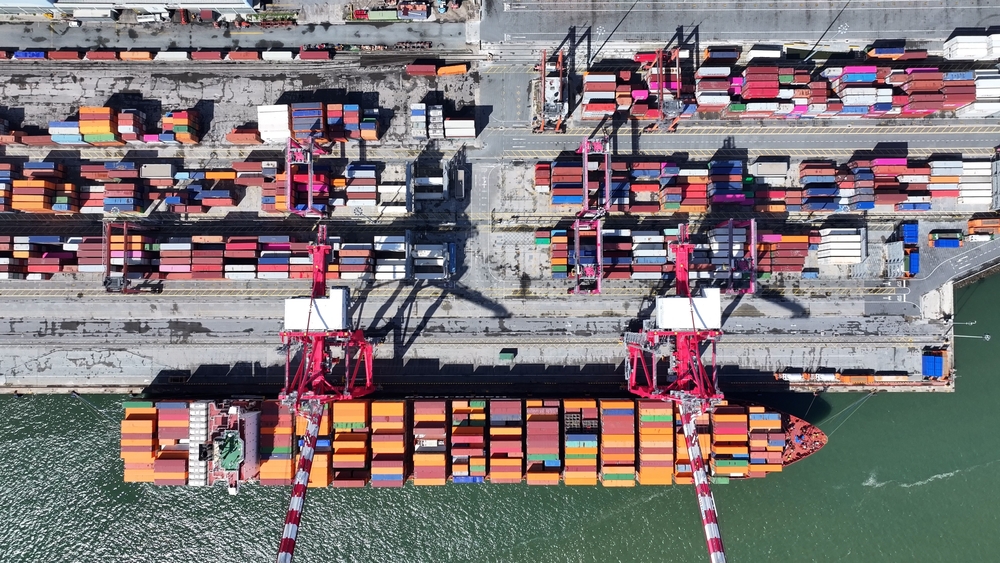
Lisbon’s port played a key role during the Age of Exploration in the 15th and 16th centuries. From here, explorers like Vasco da Gama and Ferdinand Magellan set sail to chart unknown lands. It became a center for goods such as gold, spices, and exotic plants brought from distant colonies. The port’s prosperity helped transform Lisbon into one of Europe’s wealthiest cities.
Today, the Tagus River waterfront blends history and modern trade. The Belém Tower still stands as a symbol of exploration and maritime pride. Visitors can explore museums that honor Portugal’s seafaring achievements. Lisbon’s port continues to link Europe with the wider world.
Port of Antwerp, Belgium
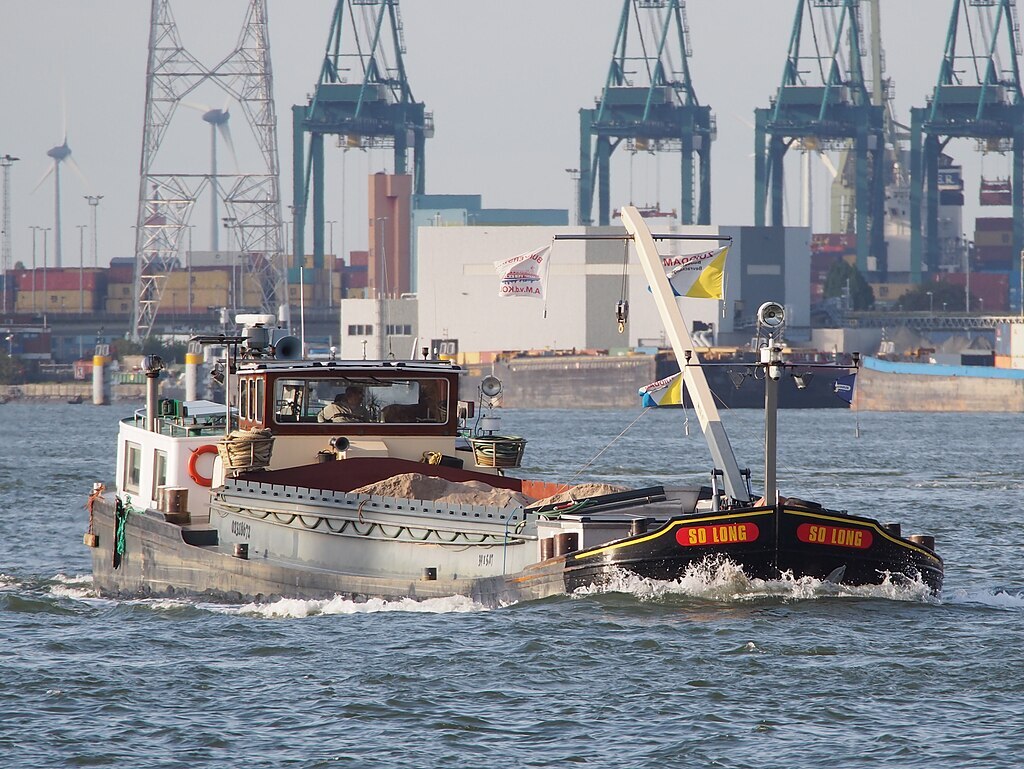
Antwerp rose to prominence in the 16th century as one of Europe’s busiest ports. It handled goods from Africa, Asia, and the Americas, becoming a hub for merchants and bankers. The city’s location on the River Scheldt made it an ideal gateway for inland trade. Art and culture thrived alongside commerce, with painters like Rubens calling Antwerp home.
Modern Antwerp still operates as one of Europe’s largest shipping centers. Its old docks and warehouses have been transformed into cultural spaces and museums. The port area preserves reminders of its golden trading era. Visitors can walk through streets that once defined international trade networks.
Port of Istanbul, Turkey
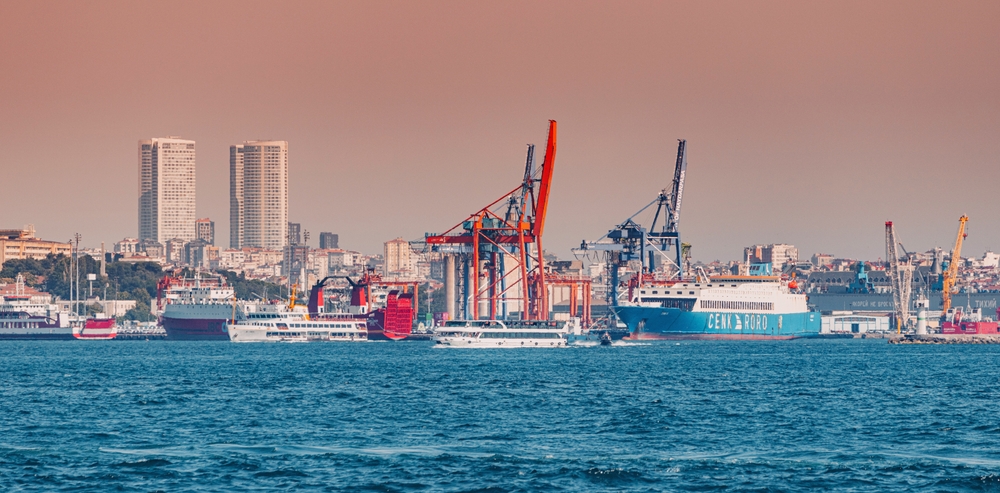
Located where Europe meets Asia, Istanbul’s port has linked empires for over two millennia. Once known as Byzantium and later Constantinople, it was a key stop for ships crossing the Bosporus. The city thrived as a major point for goods from the Silk Road and Mediterranean trade. Its natural harbor, the Golden Horn, provided safe anchorage for countless fleets.
Today, ferries and cargo ships still fill its waters. The old port area blends Byzantine, Ottoman, and modern influences. Nearby markets like the Grand Bazaar continue the city’s trading legacy. Istanbul remains a living bridge between continents and centuries.
Port of Hamburg, Germany
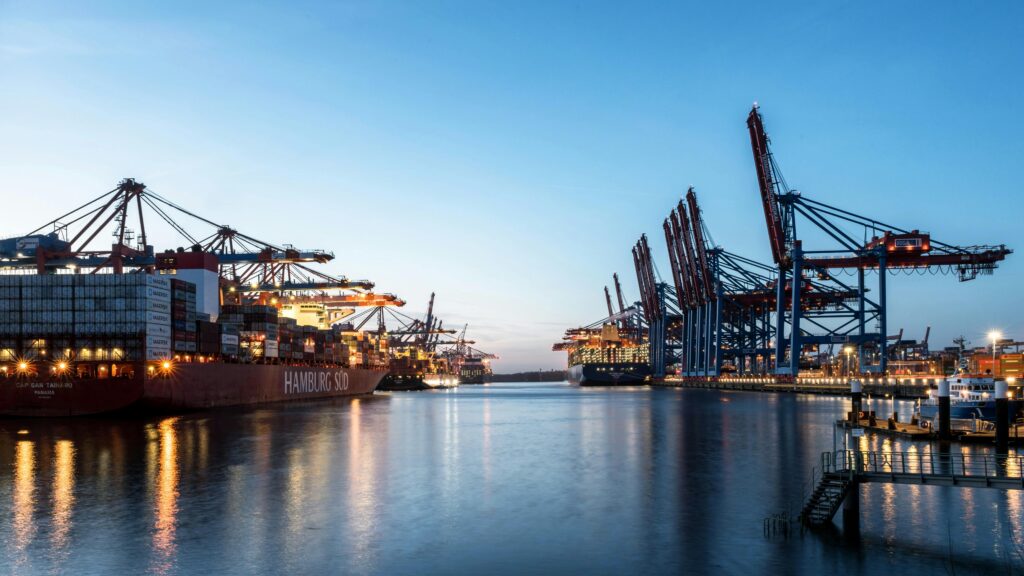
The Port of Hamburg, founded in 1189, became known as the Gateway to the World. Positioned on the River Elbe, it connected Germany to trade routes across Europe and the Atlantic. Merchant guilds established warehouses and trading posts that grew the city’s wealth. It joined the Hanseatic League, a powerful alliance of trading ports in northern Europe.
Even today, Hamburg remains one of Europe’s busiest ports. Historic buildings such as the Speicherstadt warehouse district are UNESCO-listed sites. Museums and exhibitions highlight its long maritime story. The port continues to reflect the spirit of international trade that built the city.
Port of Amsterdam, Netherlands
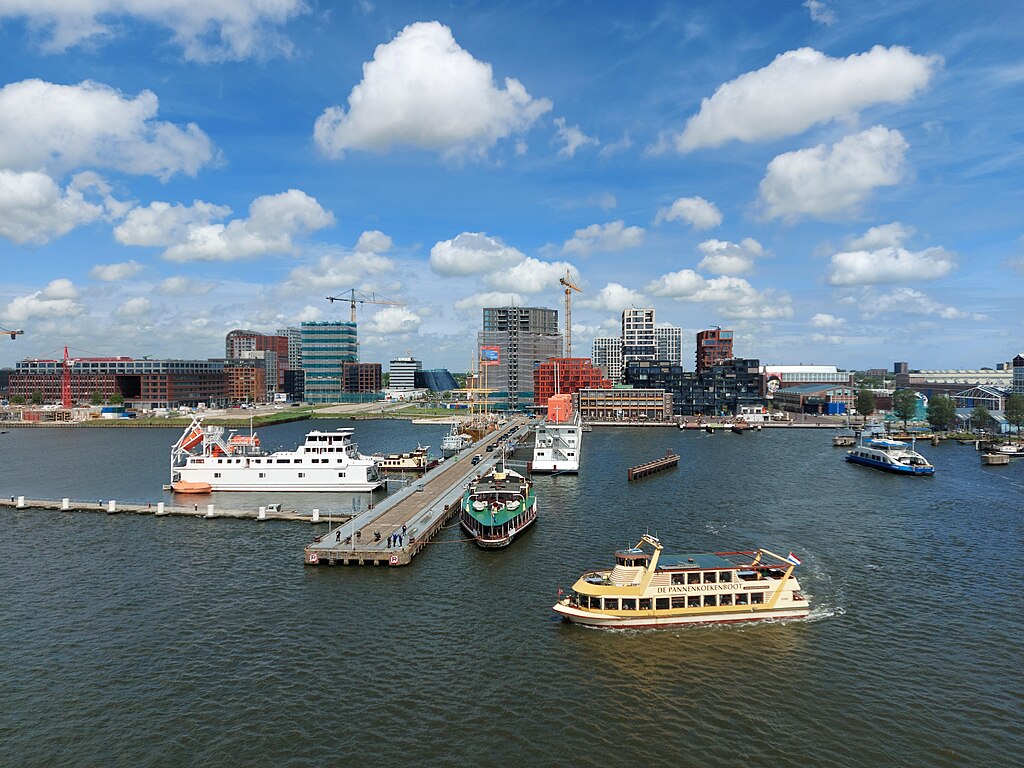
Amsterdam became a leading port in the 17th century, during the Dutch Golden Age. Its merchants established one of the first global trading networks through the Dutch East India Company. Goods like spices, coffee, and textiles flowed through its canals and docks. The port’s success helped finance art, science, and exploration.
The city’s historic harbor has transformed into a cultural and business hub. Old warehouses now serve as museums and offices overlooking the water. The Maritime Museum showcases ship models and trade routes from centuries past. Amsterdam’s port continues to reflect the legacy of global connection and innovation.
Port of Genoa, Italy
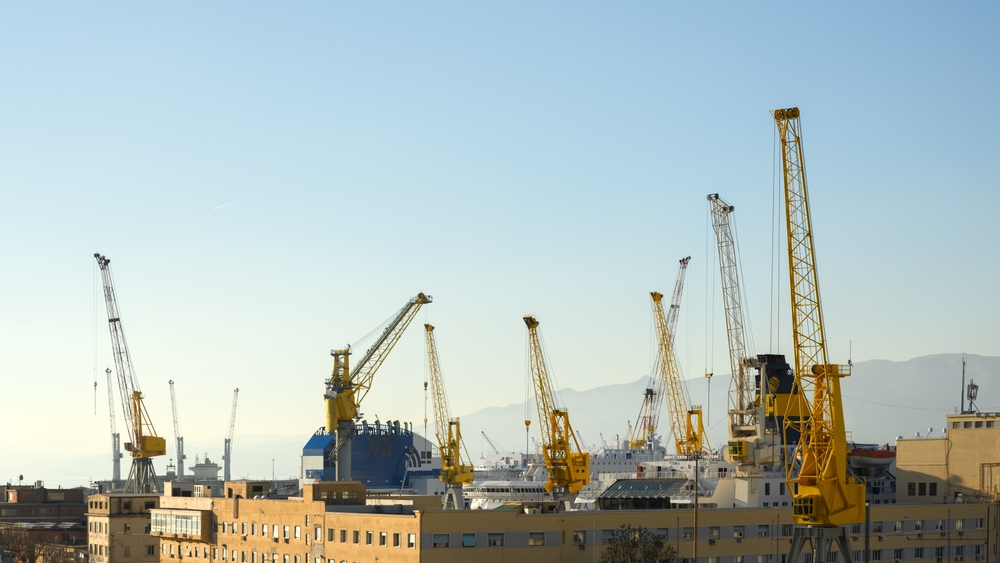
Genoa was a dominant maritime republic alongside Venice during the Middle Ages. Its fleet sailed across the Mediterranean, reaching as far as the Black Sea. Merchants traded in silk, grain, and precious metals while bankers financed expeditions. Christopher Columbus, born in Genoa, represents the city’s adventurous spirit.
Today, Genoa’s port remains Italy’s busiest. The old docks have been revitalized with museums and an aquarium. Historic palaces built by merchant families line the city’s streets. The harbor still echoes with centuries of trade and exploration.
Port of Zanzibar, Tanzania
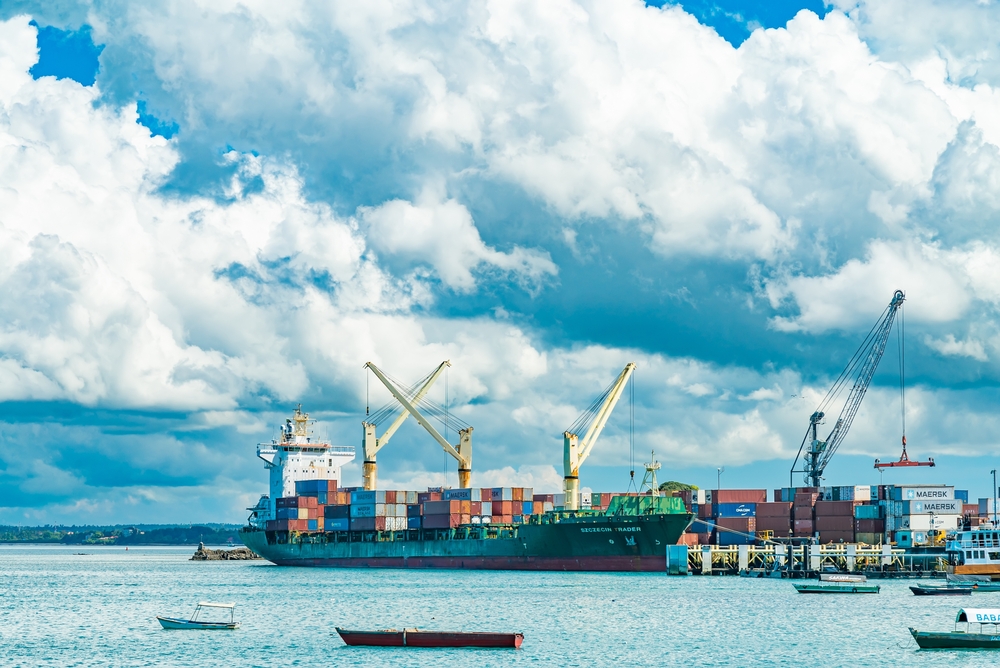
The Port of Zanzibar played a central role in Indian Ocean trade for centuries. Arab, Persian, and later European traders exchanged goods like ivory, spices, and textiles. The island’s location made it a link between Africa, the Middle East, and Asia. Stone Town, near the port, became known for its Swahili-Arabic architecture and trading culture.
Today, visitors can still see the remains of old warehouses and customs houses. The harbor continues to serve fishing boats and cargo ships. Zanzibar’s history as a spice island remains alive through markets filled with clove and cinnamon scents. The port stands as a reminder of cultural exchange across oceans.
Port of Acre, Israel
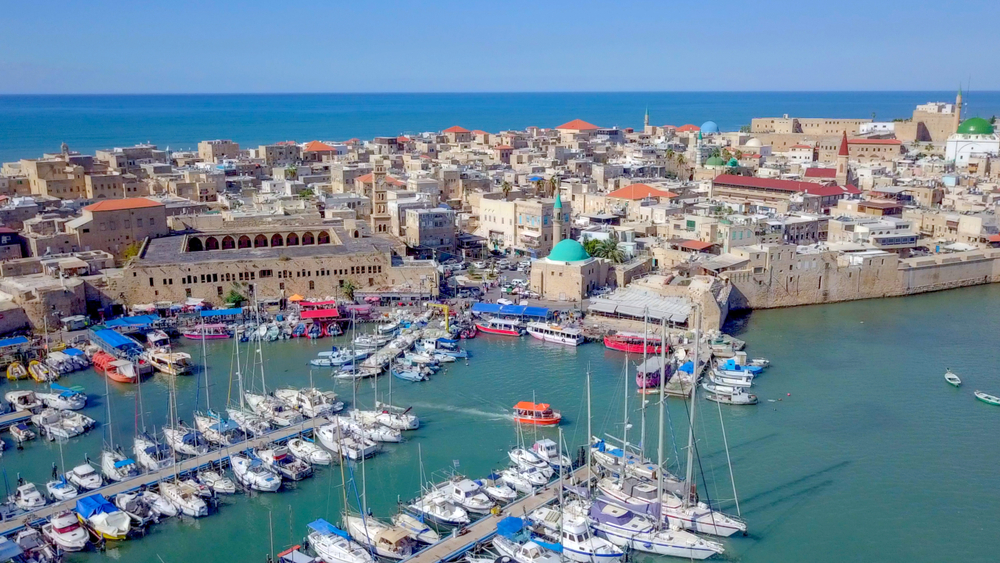
Acre’s port, located on the Mediterranean coast, has served traders since the Phoenician era. It was an important stronghold during the Crusades and later under Ottoman rule. Ships carrying spices, textiles, and pilgrims regularly docked at its harbors. The old walls and tunnels still tell stories of defense and diplomacy.
Visitors can walk along the preserved harbor and explore its ancient fortress. The port area features museums and markets that highlight its layered history. Many artifacts have been uncovered showing centuries of trade. Acre remains one of the best-preserved examples of a medieval port city.
Port of Nagasaki, Japan
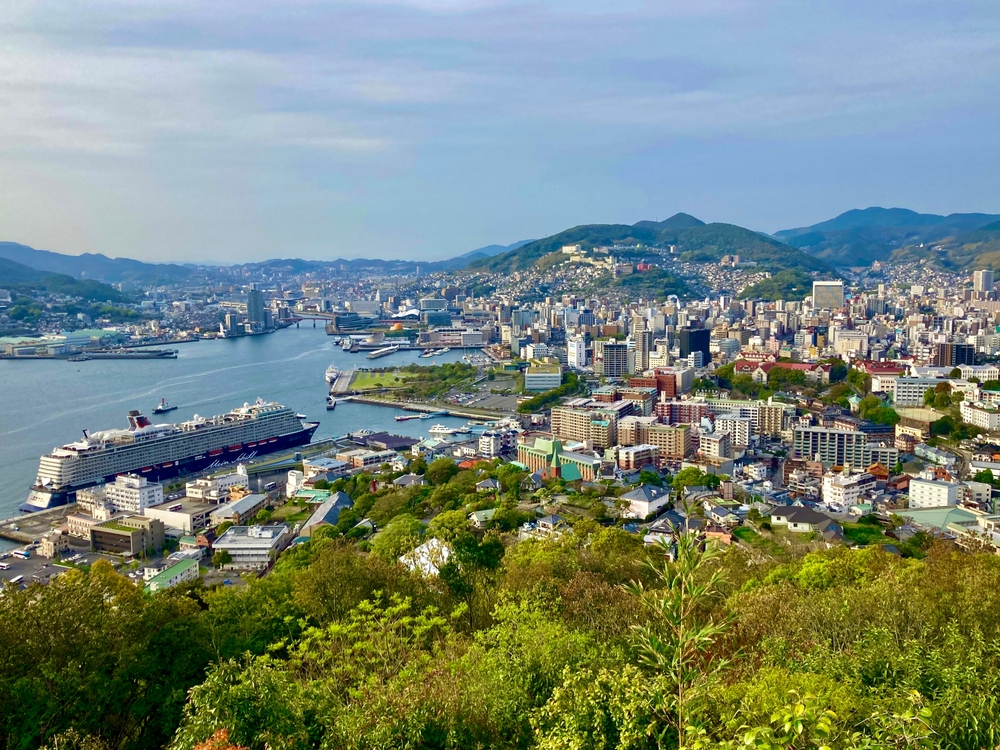
Nagasaki was Japan’s only window to the outside world during its isolation period in the 17th century. The Dutch and Chinese were the only foreign traders allowed to use its harbor. Through this limited contact, Japan imported scientific knowledge and goods from abroad. The port played a key role in shaping the country’s modernization.
Modern Nagasaki still embraces its multicultural roots. Historical sites such as Dejima Island recall the days of controlled trade. The port now welcomes international visitors and cargo ships alike. Nagasaki’s harbor remains a bridge between Japan and the wider world.
Port of Cadiz, Spain
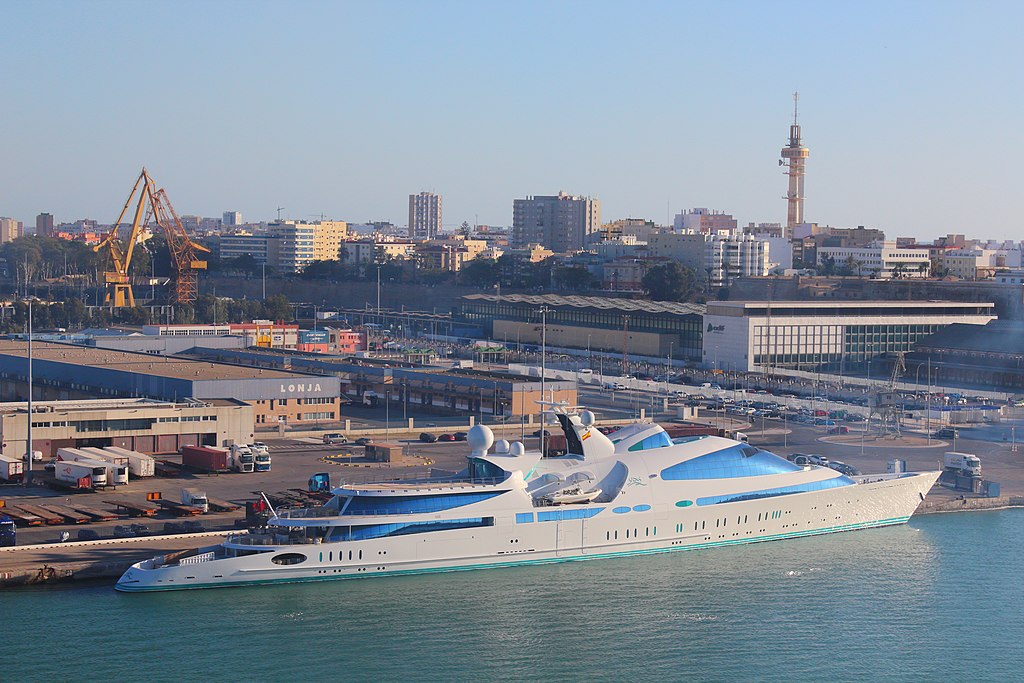
Cadiz became Spain’s primary port for trade with the Americas in the 17th century. It replaced Seville as the center of colonial commerce due to its better access to the Atlantic. Ships brought back gold, silver, and exotic goods from across the ocean. The port’s wealth helped build grand plazas and fortifications that still stand today.
Visitors can explore the old quarter and see where fleets once departed for the New World. The port remains active with fishing, shipping, and tourism. Cadiz’s role in maritime exploration is celebrated in its museums and festivals. The city continues to represent Spain’s long connection with the sea.
This article originally appeared on Avocadu.
